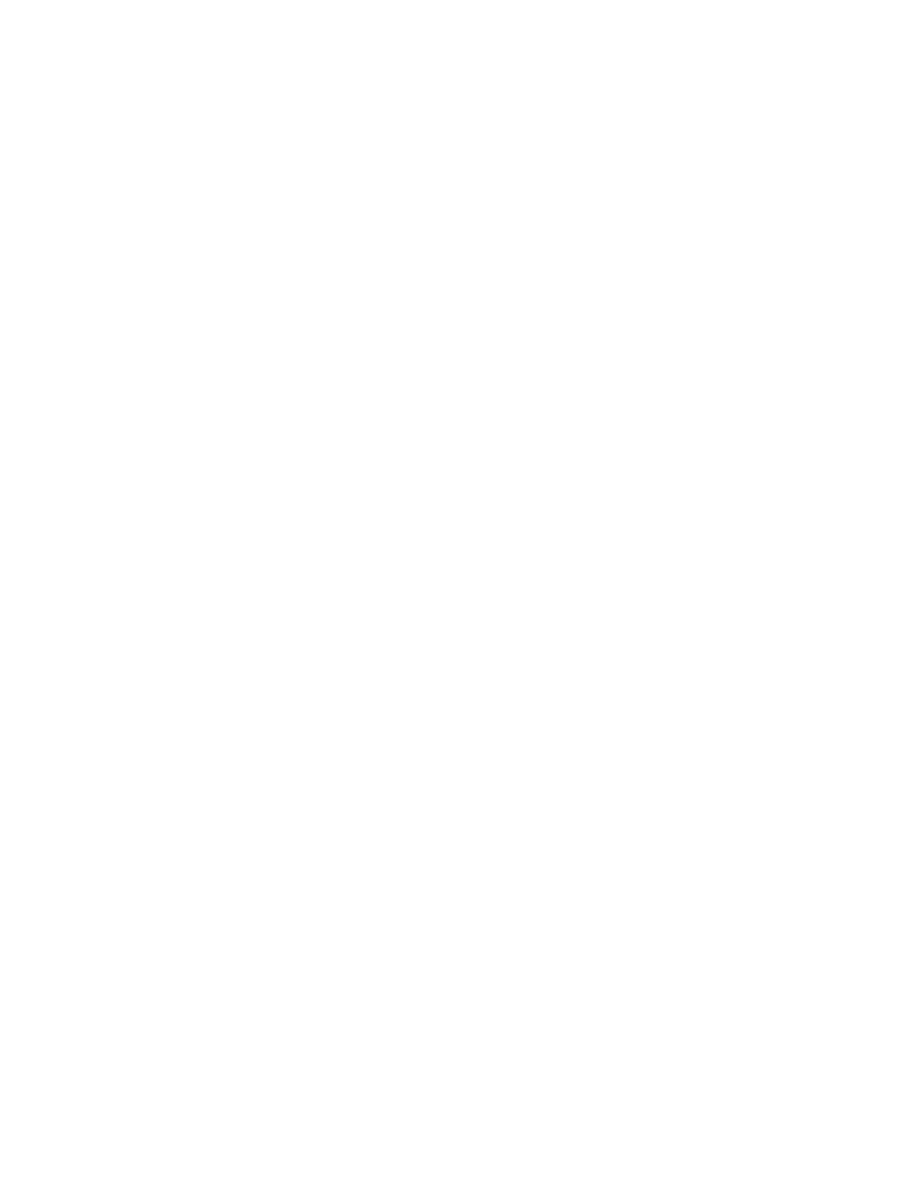
61
For many years, there has been considerable mystery about who
actually owns the stock of the Federal Reserve Banks. Congressman
Wright Patman, leading critic of the System, tried to find out who the
stockholders were. The stock in the original twelve regional Federal
Reserve Banks was purchased by national banks in those twelve
regions. Because the Federal Reserve Bank of New York was to set the
interest rates and direct open market operations, thus controlling the
daily supply and price of money throughout the United States, it is the
stockholders of that bank who are the real directors of the entire
system. For the first time, it can be revealed who those stockholders
are. This writer has the original organization certificates of the twelve
Federal Reserve Banks, giving the ownership of shares by the national
banks in each district. The Federal Reserve Bank of New York issued
203,053 shares, and, as filed with the Comptroller of the Currency May
19, 1914, the large New York City banks took more than half of the
outstanding shares. The Rockefeller Kuhn, Loeb-controlled National
City Bank took the largest number of shares of any bank, 30,000 shares.
J.P. Morgan’s First National Bank took 15,000 shares. When these two
banks merged in 1955, they owned in one block almost one fourth of
the shares in the Federal Reserve Bank of New York, which controlled
the entire system, and thus they could name Paul Volcker or anyone
else they chose to be Chairman of the Federal Reserve Board of
Governors. Chase National Bank took 6,000 shares. The Marine Nation
Bank of Buffalo, later known as Marine Midland, took 6,000 shares. This
bank was owned by the Schoellkopf family, which controlled Niagara
Power Company and other large interests. National Bank of
Commerce of New York City took 21,000 shares. The shareholders of
these banks which own the stock of the Federal Reserve Bank of New